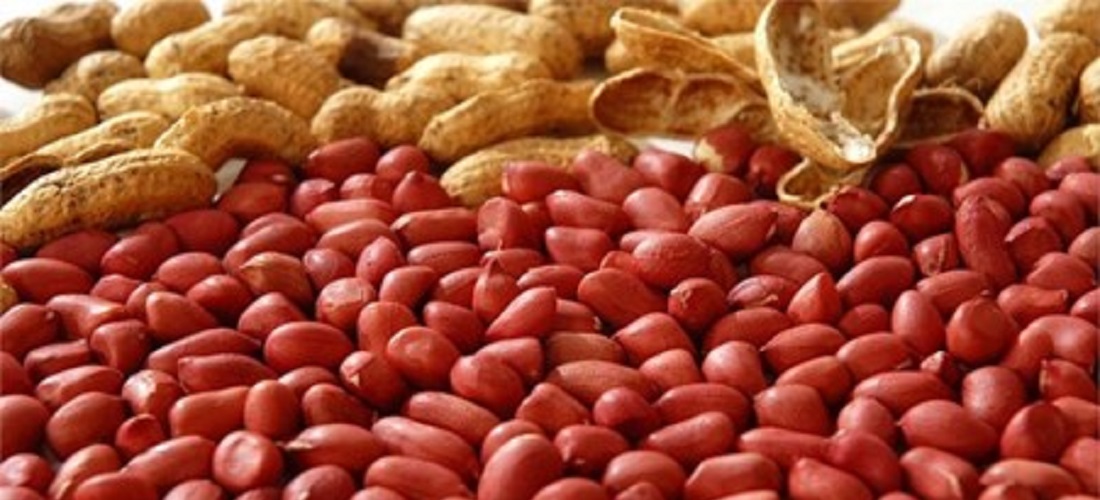
FIESP: Peanut chain ripening and growing
May, 31, 2021 Posted by Ruth HollardWeek 202124
The peanut production chain seeks to diversify the planting areas, encourage domestic consumption, and expand its presence in the international market with higher value-added sales. The movement is occurring after it registered a substantial increase in productivity, harvest, gross agricultural revenue, and exports over the last decade.
In general terms, this is what was stated in the study carried out by DEAGRO (the department of agribusiness run by FIESP (the federation of industries of the state of São Paulo)), with the support of ABICAB (the Brazilian association of chocolate, peanut, and candy industries). Based on data from the IBGE, the São Paulo Secretariat of Agriculture, the Ministry of Economy, the US Department of Agriculture (USDA), and others, the work shows that the sector has matured and become more professional. Still, it lacks support policies and expansion of private investments to reach new levels.
See the chart below for a history of Brazilian peanut exports since 2017:
Brazilian Peanut Export (HS 1202) | Jan 2017 to Apr 2021 | TEU
Graph source: DataLiner (click here to request a demo)
Concentrated in rural São Paulo, the area planted with peanuts increased from 87 thousand hectares, in the 1990/91 season, to 183 thousand hectares in this 2020/21 season. As productivity increased 128%, the harvest is also expected to increase, from 142,000 to 685,000 tons. With higher prices, the gross value of agricultural production was R$ 2.67 billion in 2020, almost 40% more than in the previous year and 4.4 times more than in 1990.
Source: Valor Econômico
To read the full original article, access the link below:
-
Meat
Dec, 06, 2020
0
Brazilian pork sample tests positive for Covid-19 in Yuhuan, China
-
Shipping
Apr, 05, 2024
0
Panama Canal restrictions set to ease as rains roll in
-
Automotive
Jan, 10, 2021
0
Car production falls 31.6% in 2020
-
Meat
Dec, 27, 2022
0
Brazil: pork export revenue drops despite record shipments

